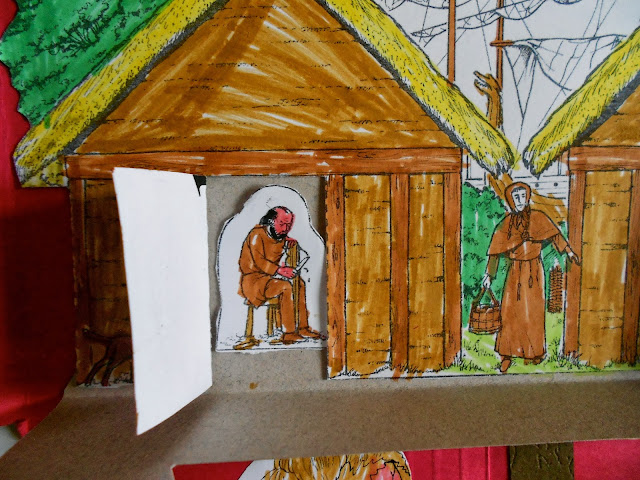On the last day of our week we have been being crafty in science, playing oceanography games and doing our nature notebooks. This first game was invented by Ellen McHenry the author of Professor Pigs Magic Math which we did when the boys were about 6 years old. I am a big fan of Ellen's Inventive games and crafts. You will see more from her in just a minute. Best thing is she is offering all of them for FREE!
Bites and Pieces is played very much like concentration, but instead of matching just to cars you are trying to find the info card plus the head, middle and tail of the shark. The boys learned many shark names and ways that God has made sharks unique one to another.
Max putting his first shark together.
Zak putting his first shark together.
TJ putting his first shark together.
Sting Ray hand puppets also invented by Ellen McHenry. We used some old food covering material and it worked beautifully and cost us nothing! Zak added some cool spots to his sting ray and it was so cool how he accidentally lined up the pattern to take advantage of the fake wood flooring pattern on the material.
Max is taking the pattern onto the fabric.
Now to cut it out.
Using a hot glue gun we put the pieces together and added some tin foil eyes.
All three different, but all well done!
3D Ocean Bingo sorting animals of the ocean by Zones.

Her clam diagram is brillant!
And I am so impressed with this pop-up-barnacle page.
Check out what is inside the barnacle...
We have also been adding some more animals to our ocean board.
And doing some nature notebook entries
Zak drew this clever little drawing of our dog, Diamond.
Thanks for dropping by!
I hope you enjoyed our pictures. :)






















































